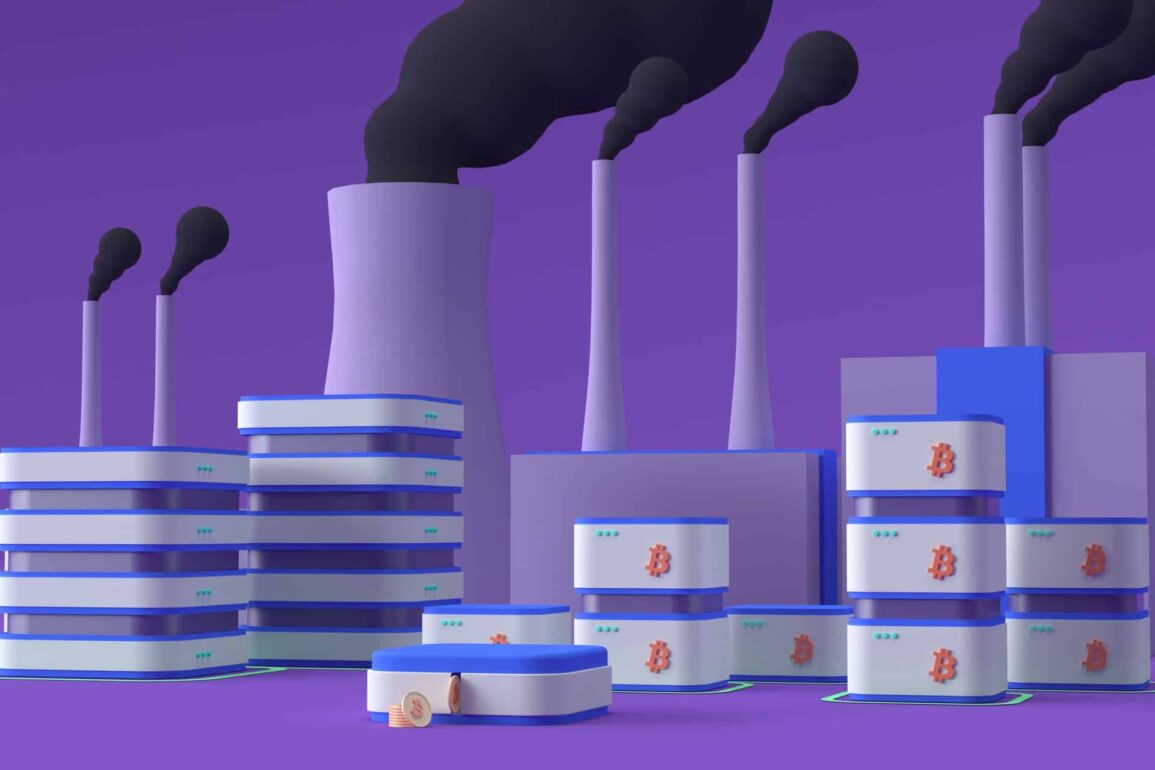We call the first block that any cryptocurrency first mines a Genesis Block.
A blockchain consists of various blocks that store information about transactions that occur on the network. Each block has a unique header that identifies it.
These blocks get layered on top of the Genesis Block, growing until they reach the end of the blockchain, completing the sequence. All of these layers and history in the sequence are what help make blockchain-based cryptocurrencies secure.
In 2009, Bitcoin’s developer created the first Genesis Block, launching the modern blockchain cryptocurrency we know today. This Genesis Block was the very first instance of a proof-of-work (PoW) blockchain system.
Looking to learn more about the basics of Crypto? Check out our Crypto terms every investor should know.
The Importance of Genesis Block
Without a Genesis Block, it would be challenging for miners to know when and how a blockchain started — how would they know if they could trust it?
In theory, there’s no need for a Genesis Block; however, it’s necessary as a starting point, proving to people that they can trust the blockchain.
You could look at it like a building’s foundation: It would collapse without a solid starting point.
If every miner started wherever they felt like, there wouldn’t be a consensus point or basis for trust.
Understanding the Genesis Block
You can consider blocks as digital containers where data about transactions get permanently stored. They record the transactions that haven’t entered any previous blocks, making the block like a page of a ledger. Each time one gets completed, it gives way to the next block. Therefore, a block is a permanent store of record that can never get altered or removed.
The Genesis Block is the first block in this process. It’s the ancestor that every other block traces its lineage back to, creating a process for validating transactions and introducing new currency into existence.
The next block (Block 1) wasn’t mined until six days after Bitcoins’ Genesis Block, which is considered strange — the average time between blocks is about ten minutes.
There are some theories about why Bitcoin’s developer spent six days mining Block 1; however, we don’t know his reasons for sure.
The Basics of Bitcoin
Bitcoin is a cryptocurrency based on a peer-to-peer system developed by Satoshi Nakamoto. Bitcoin (capitalized) refers to the concept of the trading platform and overall system, while bitcoin (lowercase) refers to the digital currency.
In this world of digital currency, blocks are like files where Bitcoin’s network and transaction data are permanently recorded. When a block is completed (filled with transactions), we move to the next block in the blockchain. Mining BTC is the only way to release new cryptocurrency into circulation — in a way, mining bitcoin is like minting currency.

And like gold, no one can create bitcoin arbitrarily. As you must mine gold from the ground, you must mine BTC via digital means.
Also similar to gold, the supply of BTC is limited — only 21 million will ever exist. Once miners have unlocked that number of bitcoins, the supply will be tapped out (unless the protocol changes to allow for a larger supply).
Related: Cloud Mining: Models & Definitions Explained
Genesis Block Mysteries
Starting with the developer and his pseudonym (Satoshi Nakamoto), the founding of Bitcoin and its Genesis Block are riddled with mysteries. Shortly after its launch, Satoshi Nakamoto disappeared, leaving very few traces of his existence — an event that paved the way for the enigma surrounding “the Block.”
What Happened to the First 50 Bitcoins?
The beginnings of the Genesis Block were shrouded by a debate regarding its creation: Was the code that made the Genesis Block untradeable a mistake or Nakamoto’s intention?
The Genesis Block points to a web address; however, it leads to an error message. In addition, the system had no traces of the first 50 Bitcoin transactions in its database — which means that the Genesis Block’s transaction was not considered “real” by the Bitcoin client.
The big question is, “Why?”. Did Nakamoto do that on purpose? Was it a mistake? This subject became a massive debate between Bitcoin users.
Most believe that, because of Nakamoto’s precision, it must have been a feature rather than a bug. But we will likely never know why, as this “feature” didn’t appear until after Nakamoto disappeared.
Bitcoin’s Secret Message
There’s another puzzling mystery of the Genesis Block — the secret message located in its raw data: “The Times 03/Jan/2009 Chancellor on brink of second bailout for banks.”
Nakamoto never commented on its meaning, but most people believe it’s Bitcoin’s mission statement.
That text comes from a headline for an article in The London Times that talks about how the British government failed to stimulate the economy after the 07-08 financial crisis. Nakamoto personally hated these large financial institutions, dreaming of an alternative: Bitcoin.
The belief is that this message hints at how Bitcoin would differ from the large investment banks that required bailouts in 2008.
The Genesis Block’s True Legacy
Bitcoin eliminates middlemen — there are no corporate entities or third parties that go between the consumer and the cryptocurrency — meaning it can never get bailed out like a bank.
The Bitcoin network checks itself continually by using complex mathematical problems resolved by computers and bitcoin miners. No one can proceed with a transaction until that problem gets validated.






